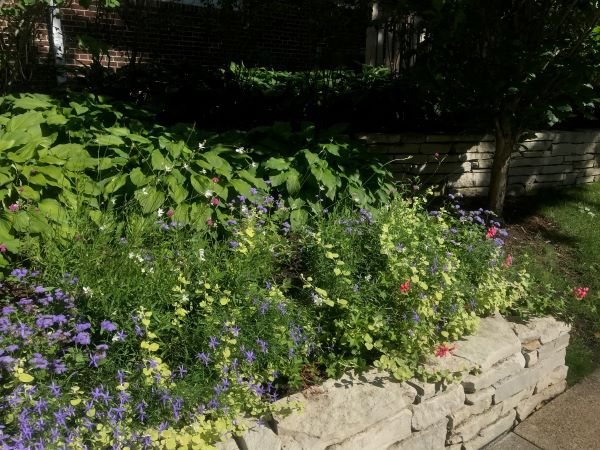
by Neely Atha
A largely celebrated holiday is known for being green but how can the holiday be celebrated with a green mindset?
Bike to the Bar
If you’re hoping to head out to the pubs consider biking. You will be joining the growing movement of biking commuters. This is a considerable way to cut down on greenhouse gas emissions and get some fresh air. This means you will need to limit your intake to ensure a safe trip.
Buy Local, Organic Corned Beef
Although this doesn’t tend to be a traditional Irish cuisine, corned beef has become a St. Patrick’s Day staple for North Americans. If your plan is to serve it then add some cabbage, but of course - more importantly buy your beef from an organic producer who practices sustainable ranching methods. You can also visit your local farmers’ market to find beef raised within your area. Often, eating local is even more eco-friendly than eating organic. If you’re trying to eat less meat for ethical or environmental reasons, this would be a great day to start.
Dress in Green Clothes You Already Own
If you want to avoid pinches then wearing green is mandatory. The most eco-friendly way to dress green is to wear what you already own. Less consumption means less waste, and even a small showing of the color (socks or a button) works. If you must shop, then support one of the many fashion brands that manufacture responsibly while keeping nature in mind.
Drink Responsibly
It is not a perfect St. Patrick's Day party unless there is green-colored beer. While most people will throw some food coloring in their beverages, take it a step further and make something organic. To make green beer extra green, try natural ingredients like wheatgrass juice, spirulina powder, and organic food dyes made only with plant extracts to turn any light-colored beer green.
You might want to skip the green beer this year and opt for a Guinness instead. One of the dyes most commonly used to dye beer that delightful green color is FD&C Green No. 3, which is known to be poorly absorbed by the digestive system (meaning you may have a bit more than a hangover after drinking a few pints). In undiluted form, the dye can irritate the eyes, skin, digestive tract, and respiratory tract.
Green and Eco-Friendly All Around
The staple color of St. Patrick's Day is green. Incorporate this color into all aspects of your decorations to transform your party into an Irish celebration. But avoid purchasing plastic decor. Instead, go for decorations made from metal or cloth that you can reuse at next year's shamrock shindig. Or add a little more green to your home with a few potted flowers or plants (shamrocks and clover are always appropriate at this time of year). You can also reuse your green LED Christmas lights instead of buying new decorative party lights.
Get Outside and Plant Something Green
It may not be quite warm enough to get the shovels in the ground yet, but it is starting to look and feel a lot like spring. Do a little planting or gardening in your yard! It is eco-friendly, and adds a little more green to your property. Those who live in areas covered with ice or snow can always do a little indoor gardening as well.
Landscaping with native plants can combat climate change. In addition to the reduced noise and carbon pollution from lawn mower exhaust, many native plants, especially long-living trees like oaks and maples, are effective at storing the greenhouse gas carbon dioxide.
Native plants also provide vital habitat for birds and many other species of wildlife benefit as well. The colorful array of butterflies and moths, including the iconic monarch, the swallowtails, tortoiseshells, and beautiful blues, are all dependent on very specific native plant species. Native plants provide nectar for pollinators including hummingbirds, native bees, butterflies, moths, and bats. They provide protective shelter for many mammals. The native nuts, seeds, and fruits produced by these plants offer essential foods for all forms of wildlife.
Look, Eat and Think Green
All in all, there are many ways to look or eat green this year, but there are far greater reasons to think green. Consider how you can be a positive influence for others and help them grow.